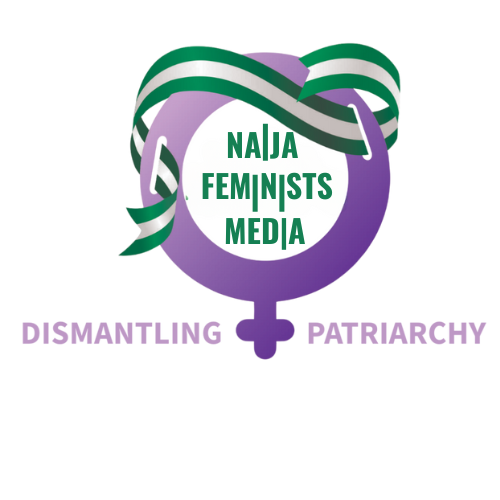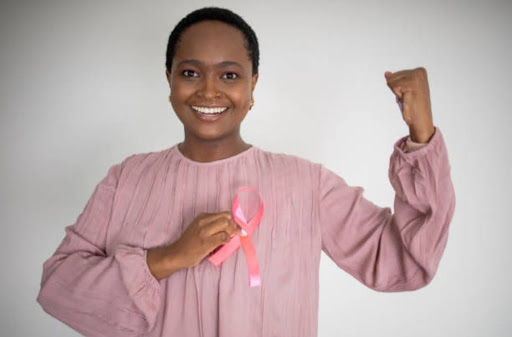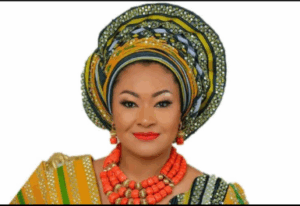|
Getting your Trinity Audio player ready...
|
Every February 4th, the streets are flooded with people clad in vibrant shades of pink, light blue, orange, dark blue, and white. The air is energised with determination, solidarity, and resilience as the procession marches with a giant banner that reads, “United Against Cancer.” Participants give passers-by informative brochures and flyers. The majority of them carry placards that read, “Early detection saves lives—Get checked today, Every Patient’s Journey is Unique- Let’s support them, Break the Stigma- Let’s talk about Cancer,” among others.
Diagnosed with breast cancer at age 35 and surviving on chemotherapy and mastectomy, Tolu Akinwusi, speaking to Naija Feminists Media, said that she believed awareness is not enough, but access to treatment, financial support, and family care saves more lives.
“I am aware of breast cancer, but I have no idea of its costly treatments and limited access. Plus, the treatment is exhausting,” she said.
The purpose of every cancer awareness campaign is to unite against cancer, but this can only be achieved if there is real access to treatments. The National Breast Cancer Coalition reported that every 13 minutes, a woman dies from breast cancer, and the mortality rate among black women is 41% higher compared with white women. According to a World Health Organization (WHO) report in February 2025, 1 in 5 people develop cancer in their lifetime, 1 in 12 women die of the disease, and female breast cancer is the second most occurring cancer globally. Despite the urgency of cancer as a global health problem, many women lack access to treatments and are underrepresented in medical research. Thus, what happened after awareness campaigns?
The gap between awareness and access
Despite advancements in cancer treatment and huge awareness campaigns, women faced financial barriers to early detection and quality cancer care. Gender pay gaps limit women’s financial ability to afford preventive healthcare services, including cancer screening and treatment. According to a Pew Research Centre report in 2022, women earned 82% of men’s salary, leading to limited access to healthcare and ultimately putting their lives at risk.
A paper published in Lancet Global Health in 2020 reported that 800,000 lives could have been saved yearly if women had access to optimal cancer care. Also, unequal power dynamics in the workplace prevented women from advancing professionally as leaders in medical research on cancer, policy making, and practices. This prevents the creation of women-centred cancer prevention and care centres.
Perceived as the caregiver of the home and tasked with the role of taking care of the children, women often find it hard or almost impossible to care for their health despite knowing cancer. Most of the time, they can go for a screening when it is impossible to avoid lumps and pain. After being diagnosed with cancer, societal stigma prevents them from seeking treatment. In some societies where women’s health is not prioritised, they may face barriers to accessing health services, and some hide the symptoms until they die. In a patriarchal society, where men have limited access to education, a lack of knowledge about cancer can significantly result in access to cancer treatment.
Furthermore, the underrepresentation of women in policymaking significantly affects their access to cancer treatment. Many policies disappropriate women from cancer treatment even with the promise of free HVP. Long waiting queues, limited female health providers and limited access to healthcare can be largely reduced if women are well-represented. Cancer awareness goes beyond the raised placards and online engagement every February 4; women must be part of the major decision-making body to make cancer treatment accessible.





